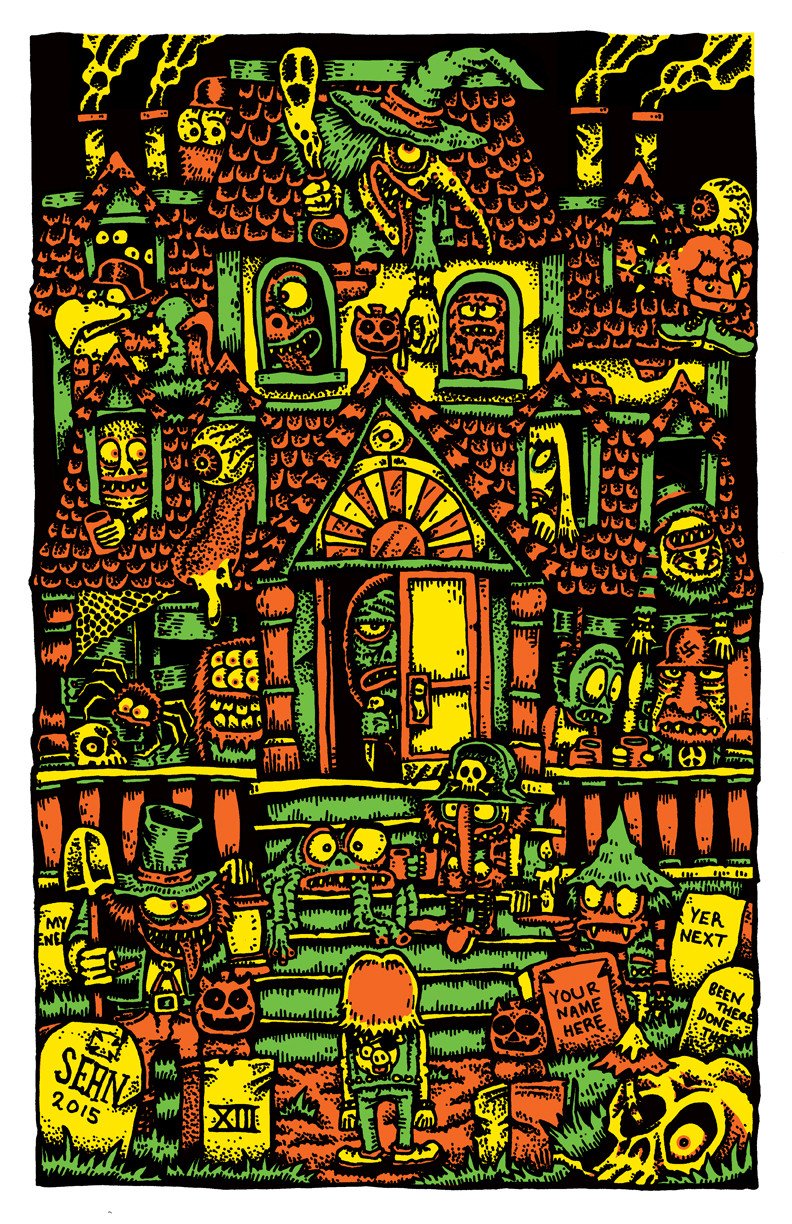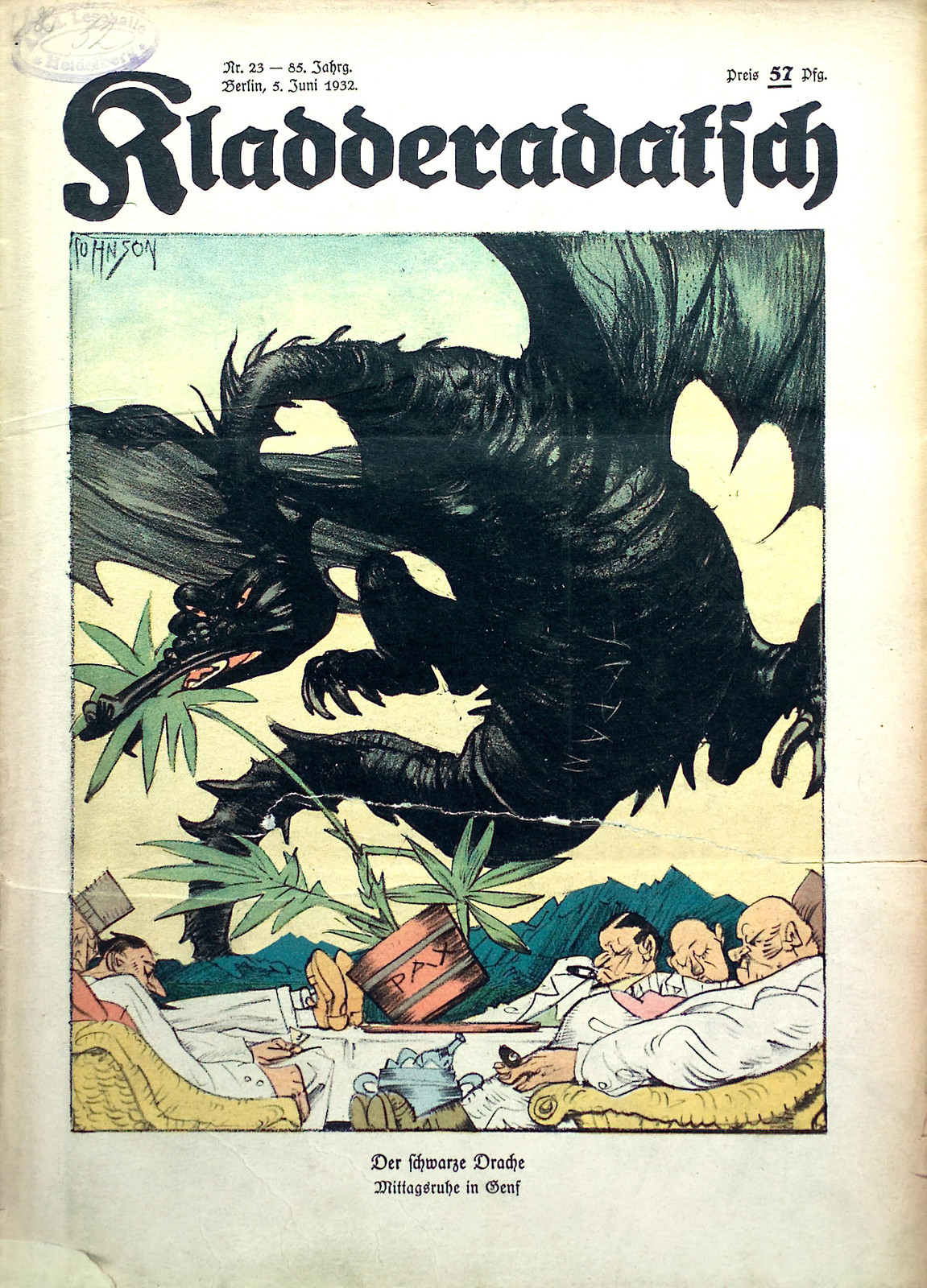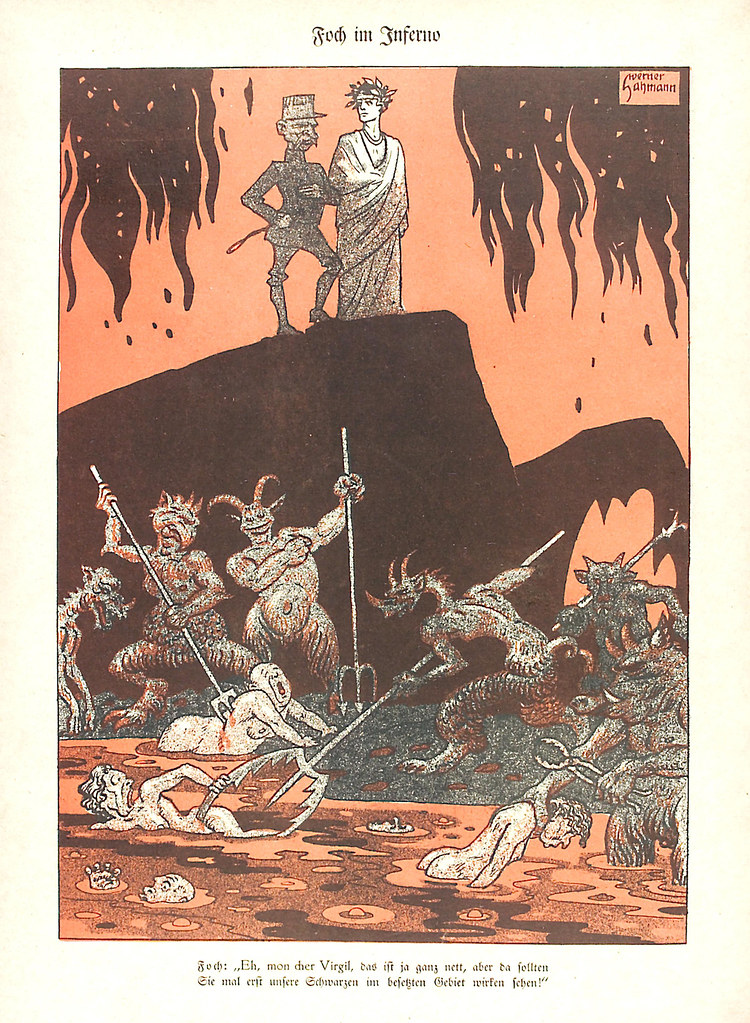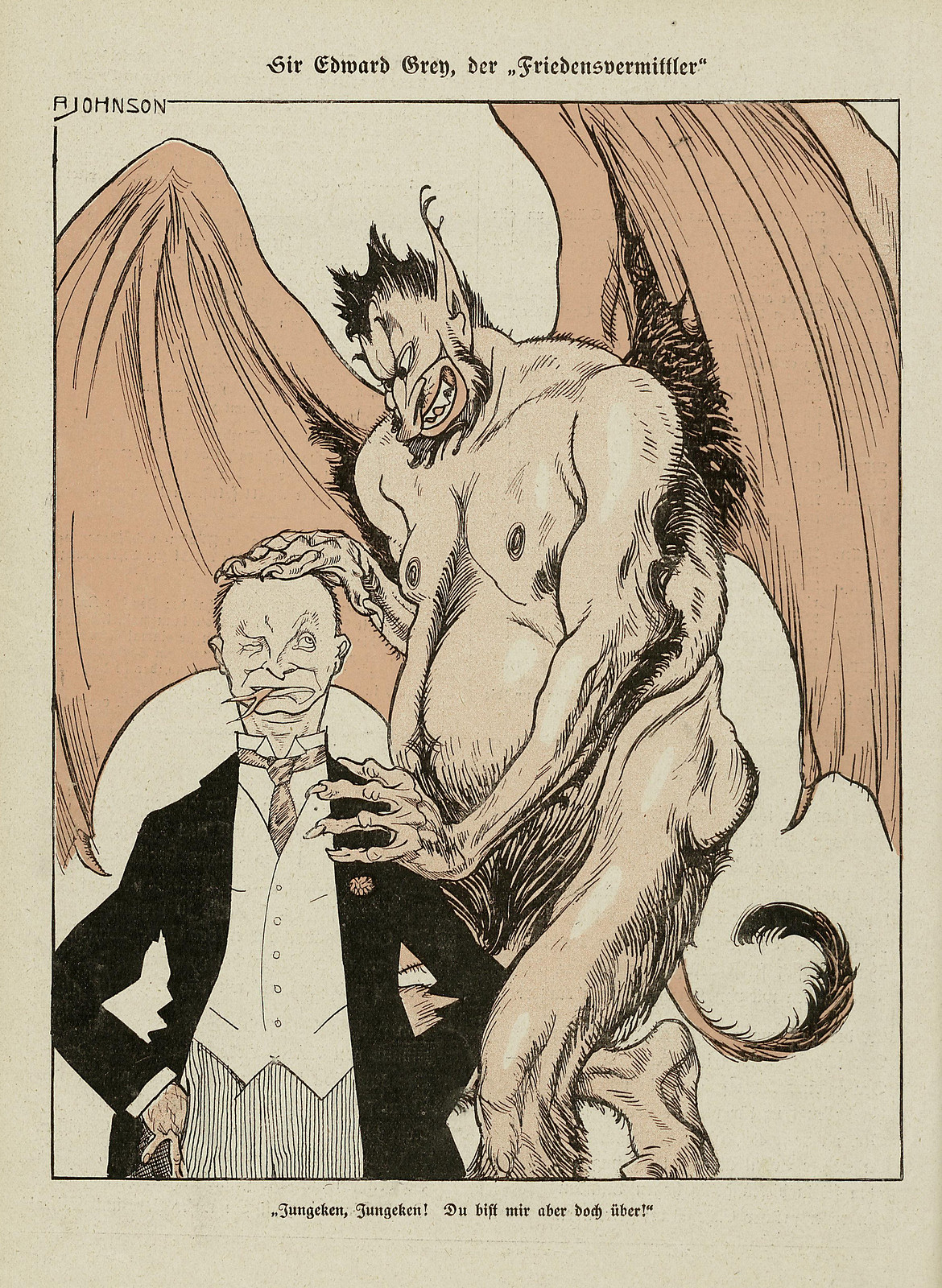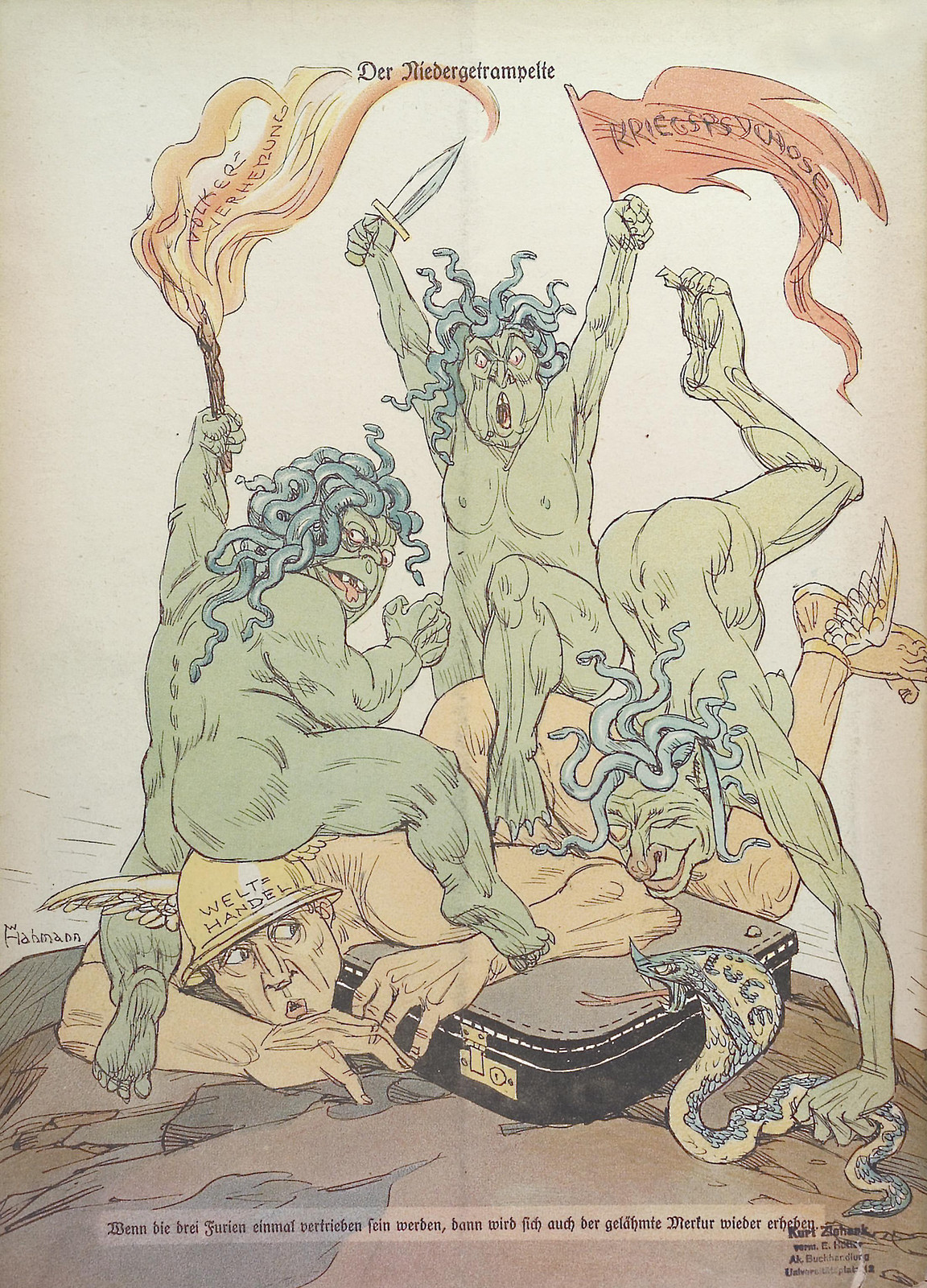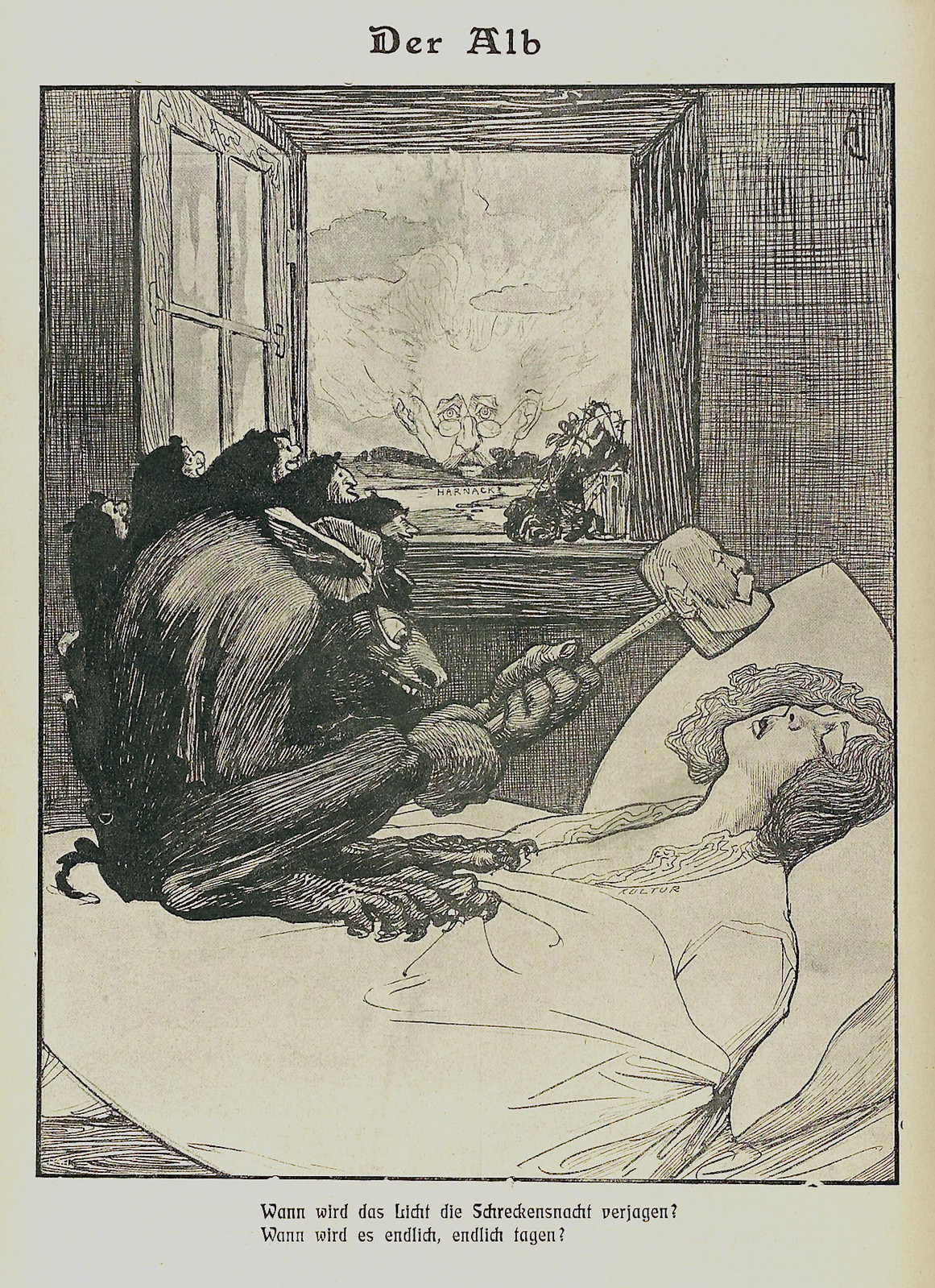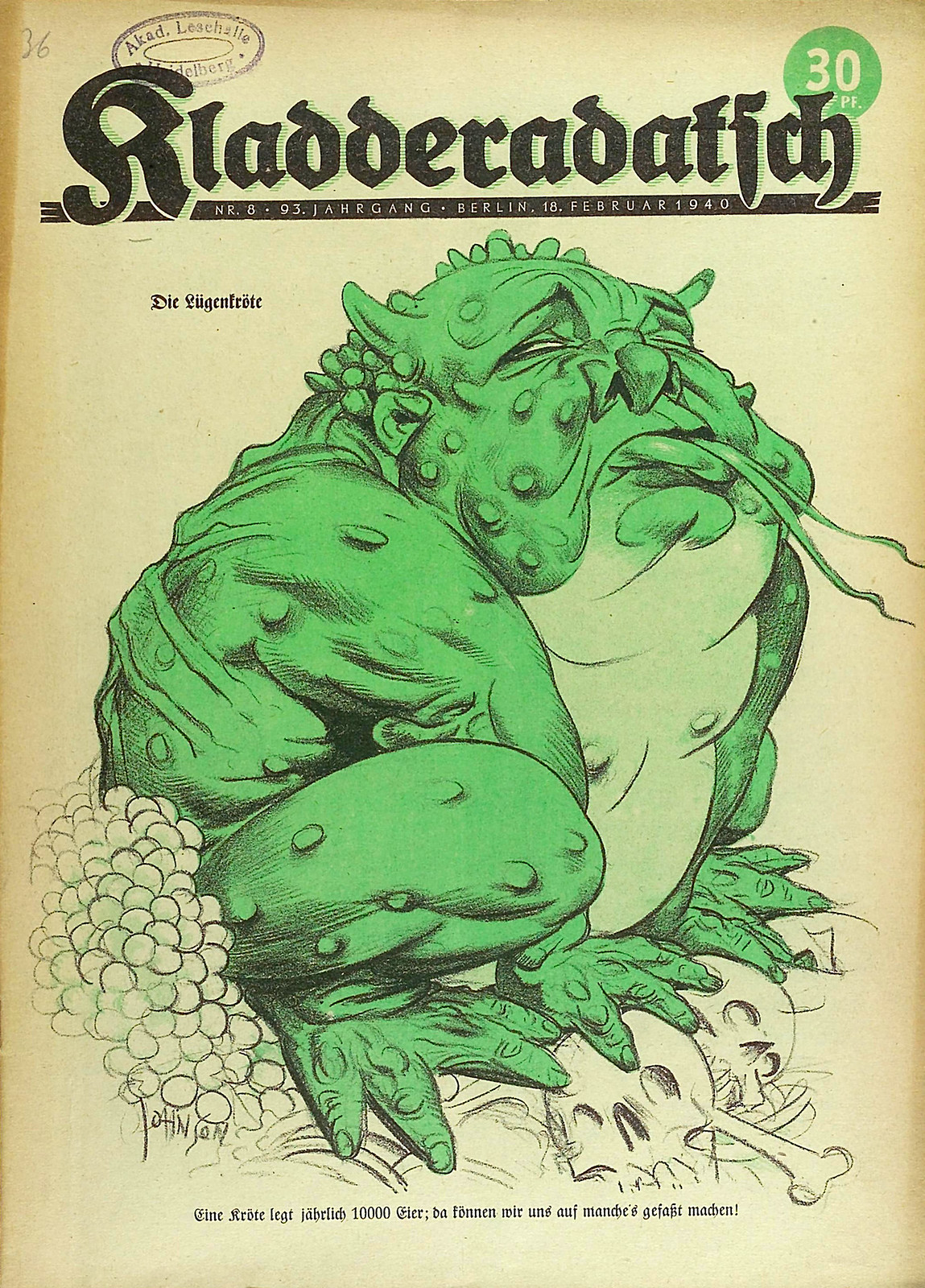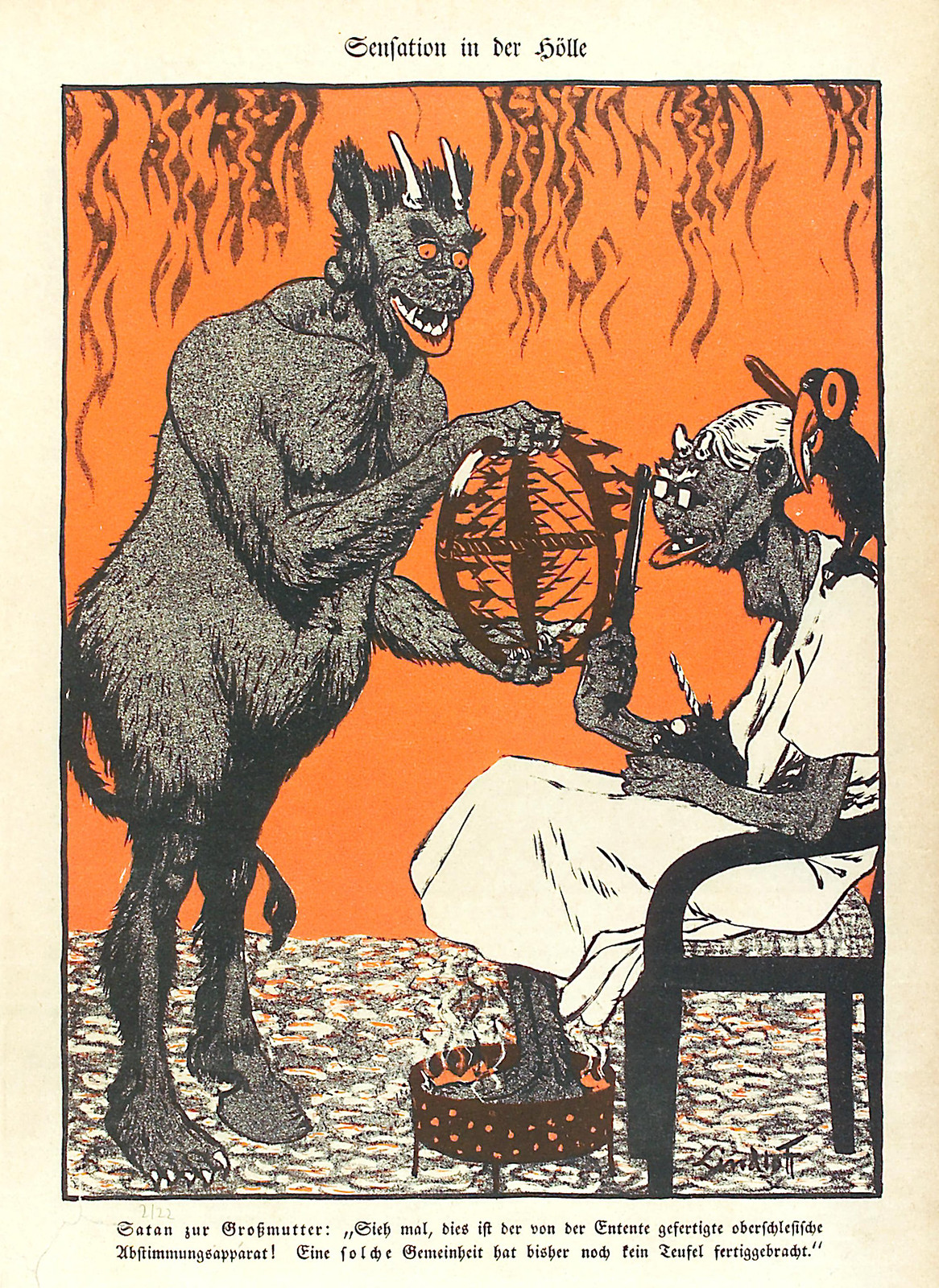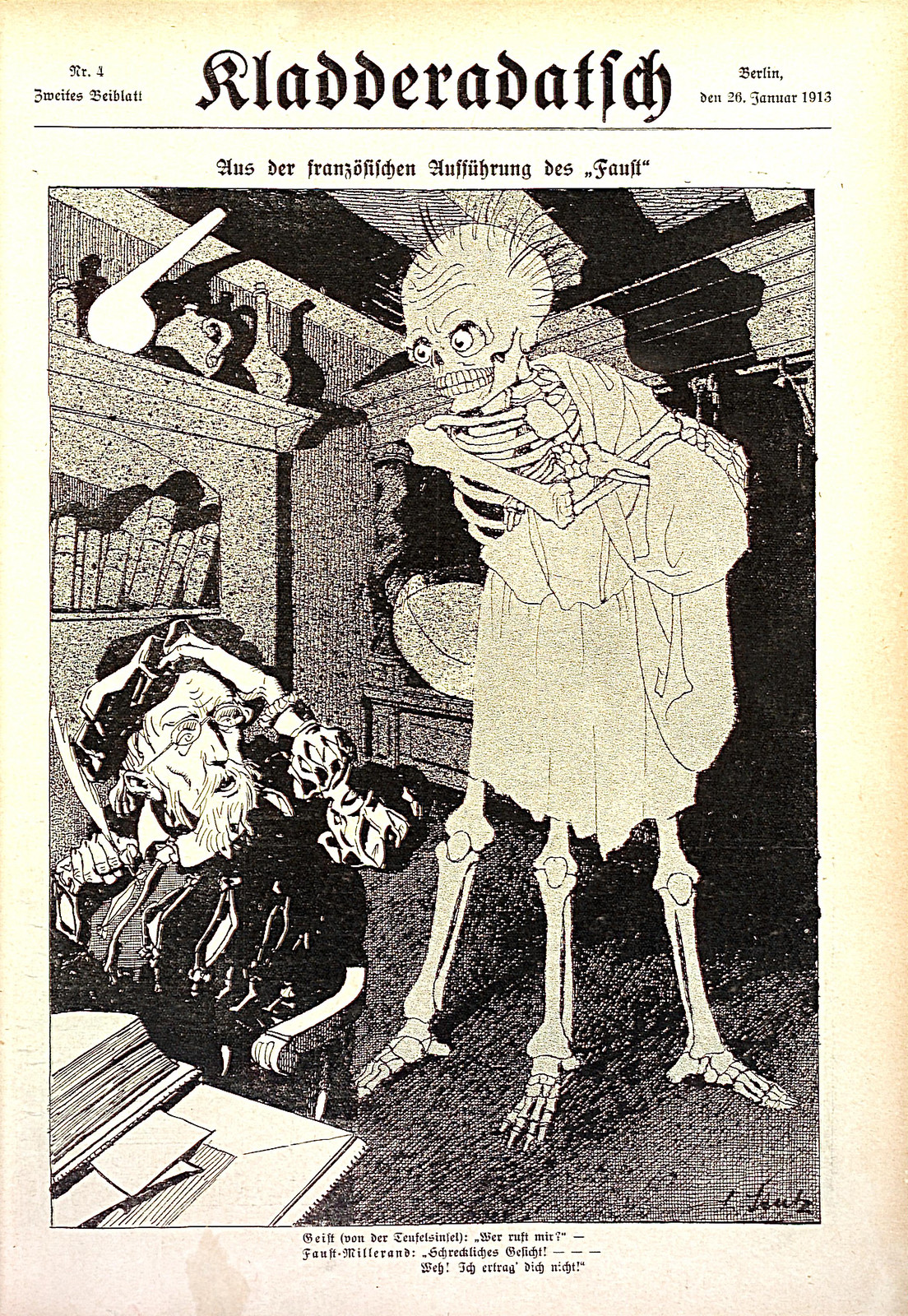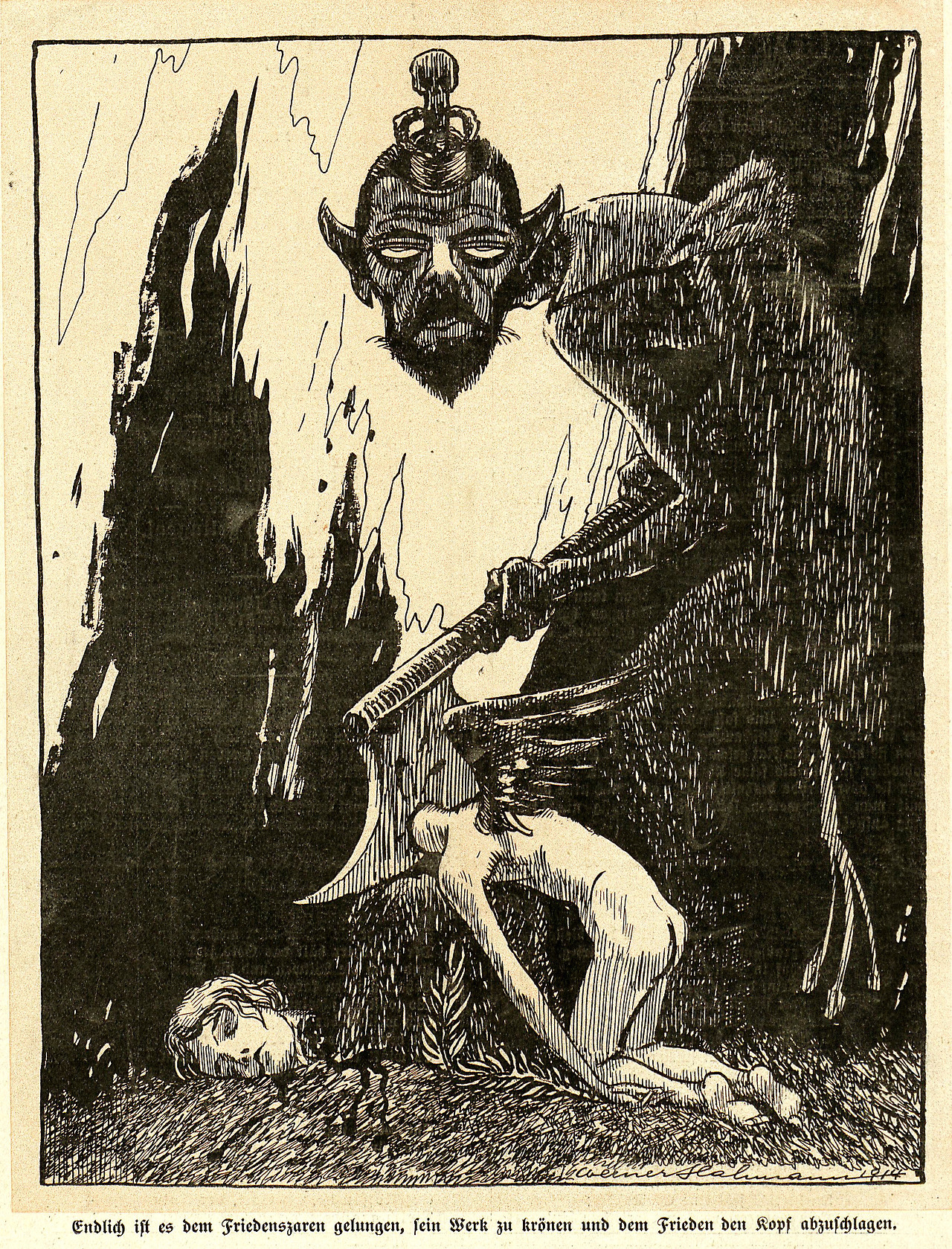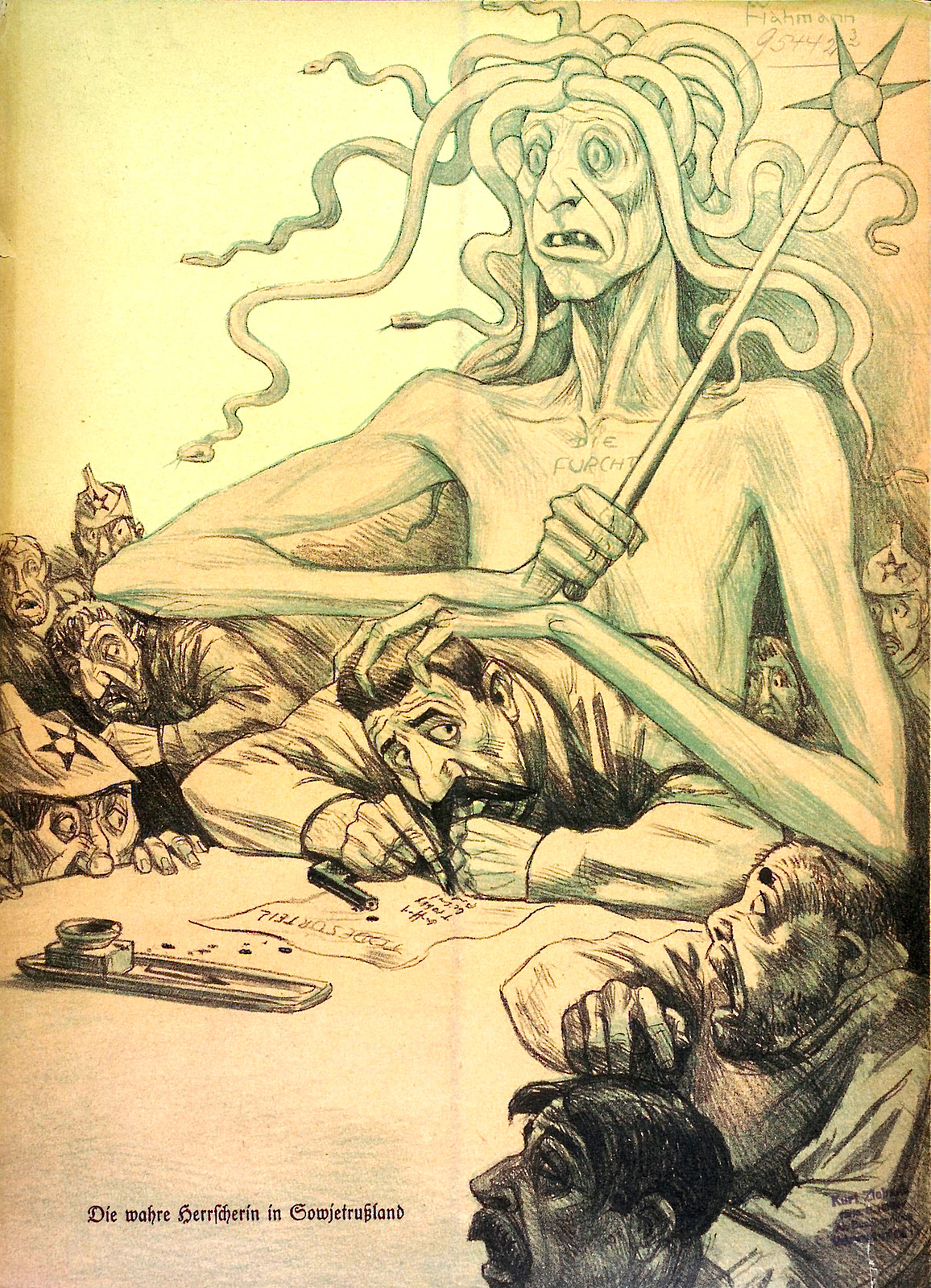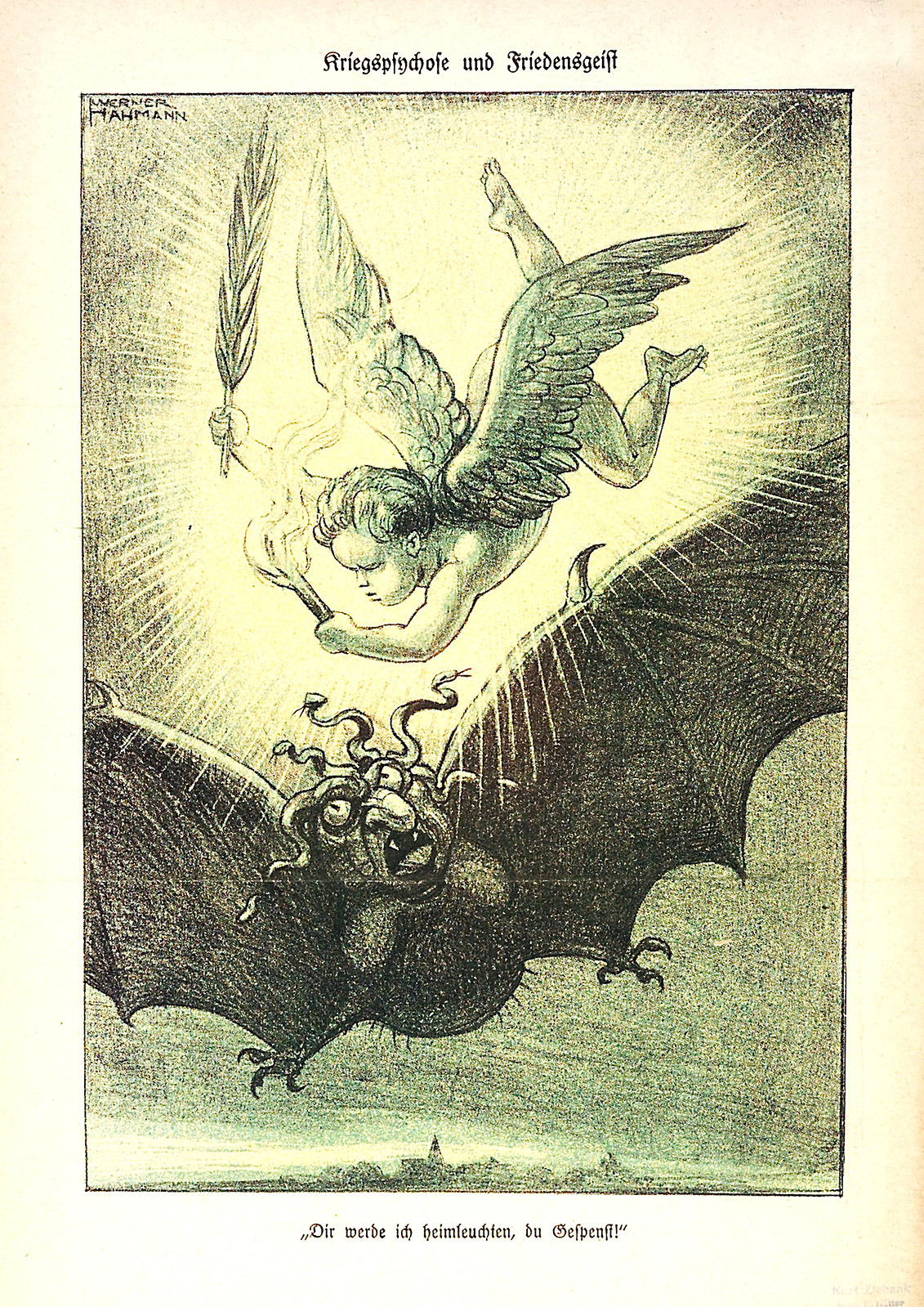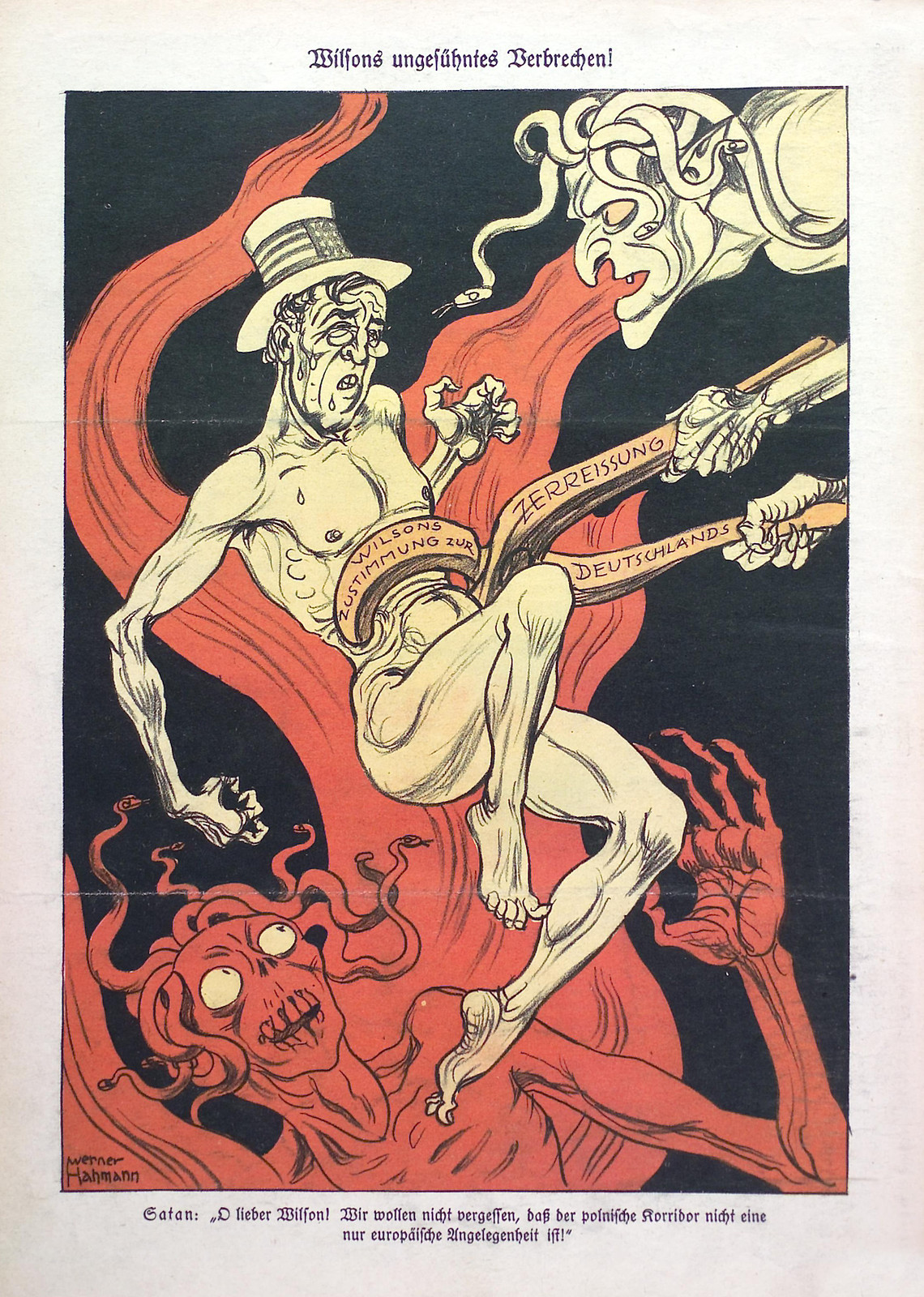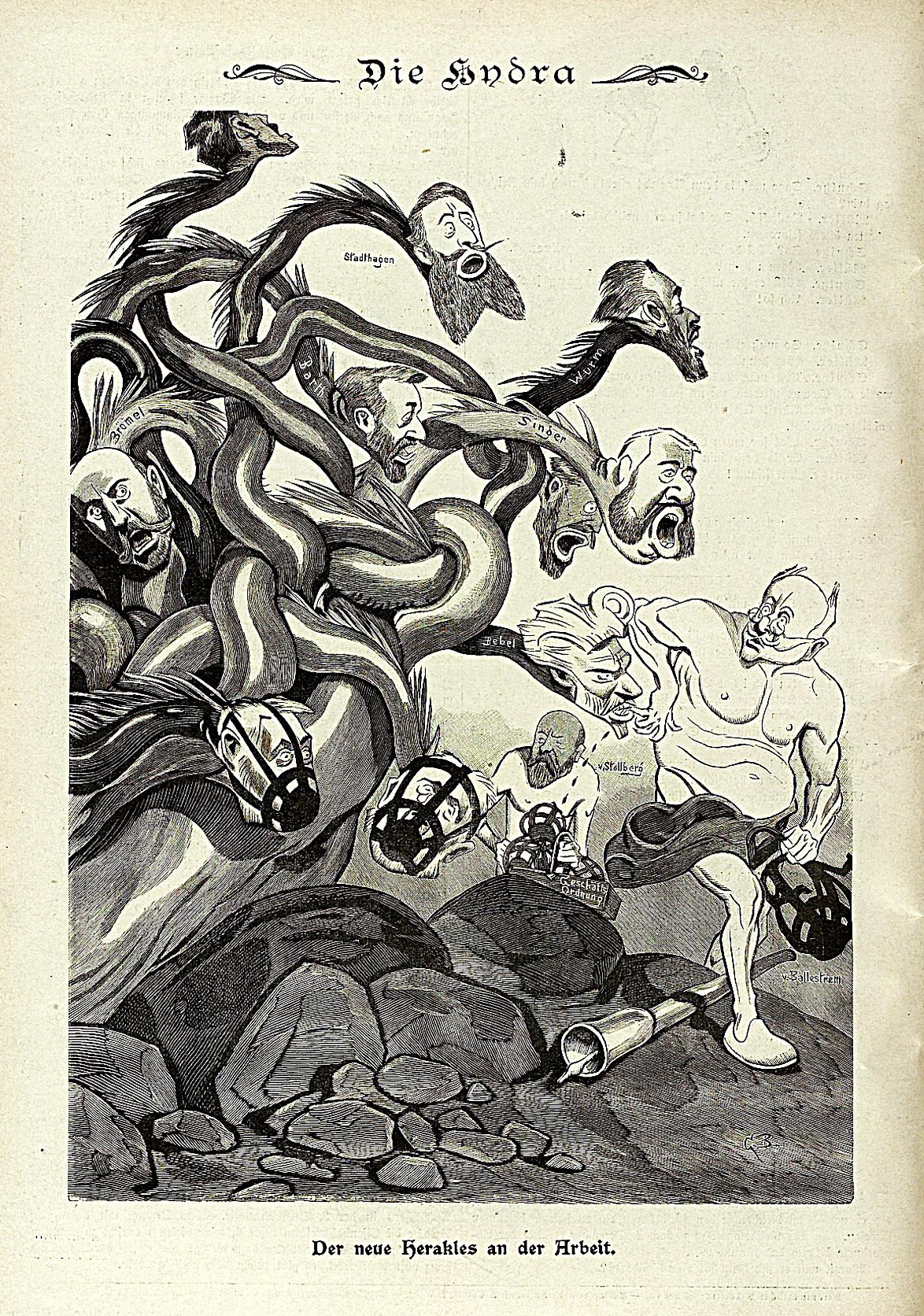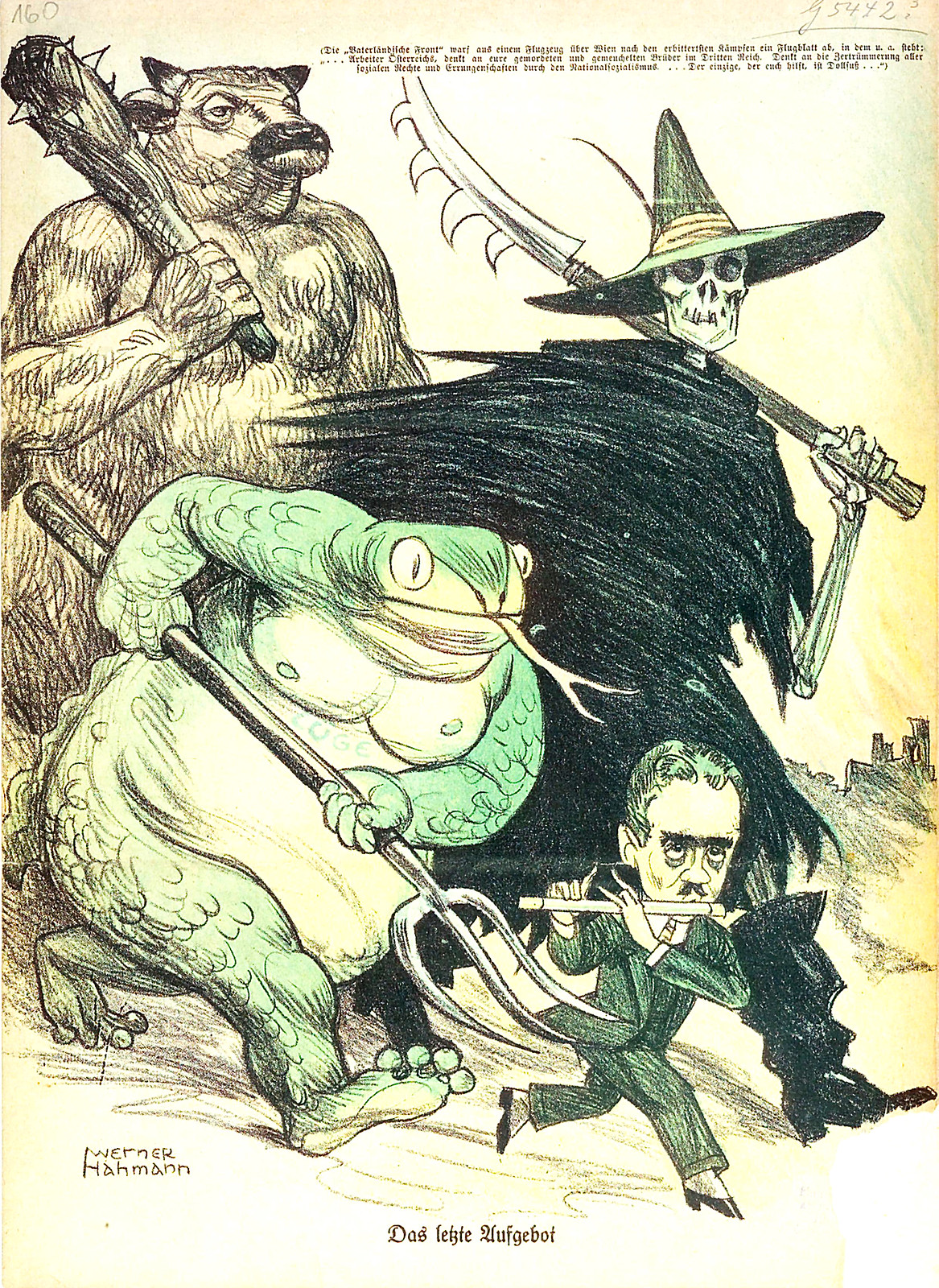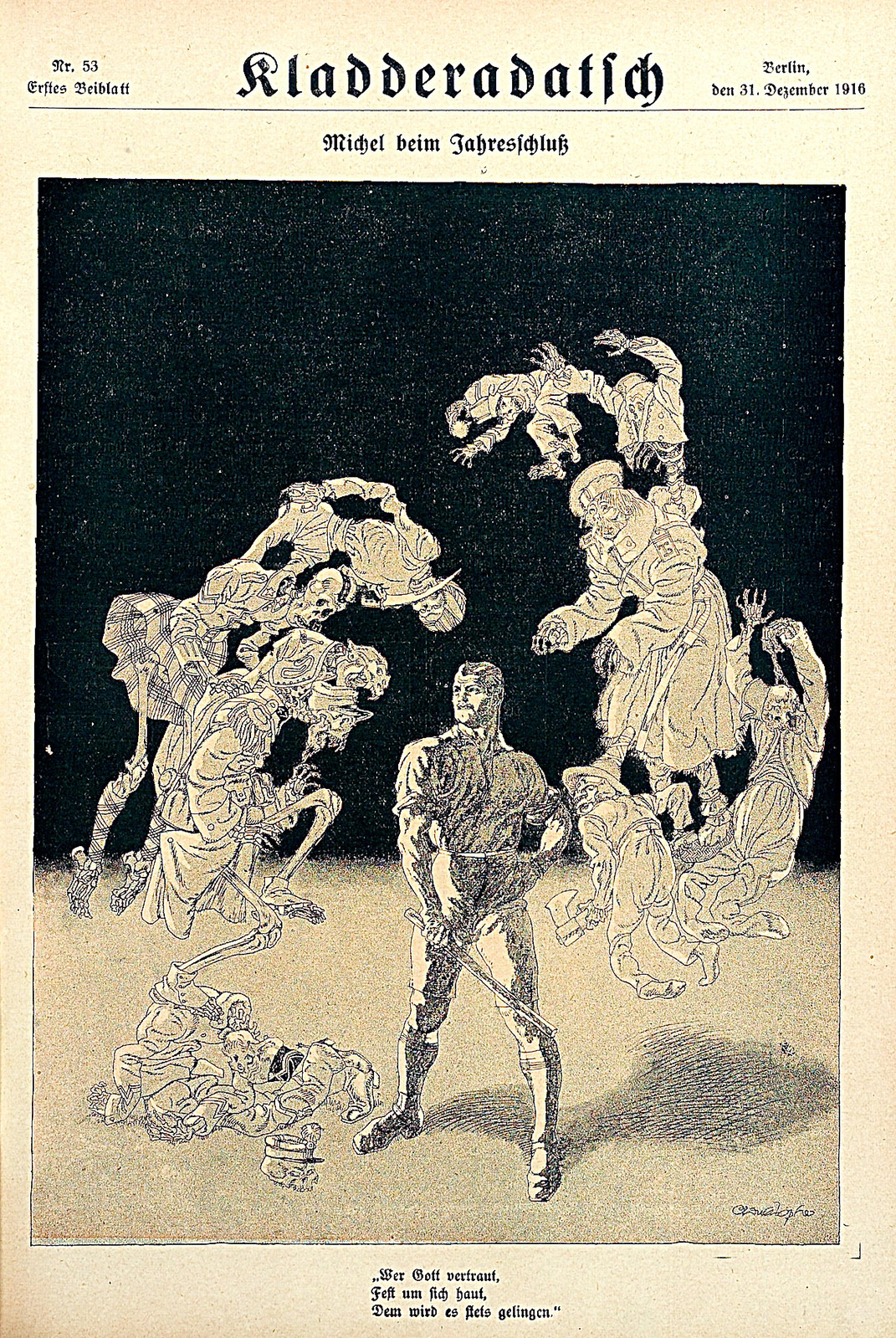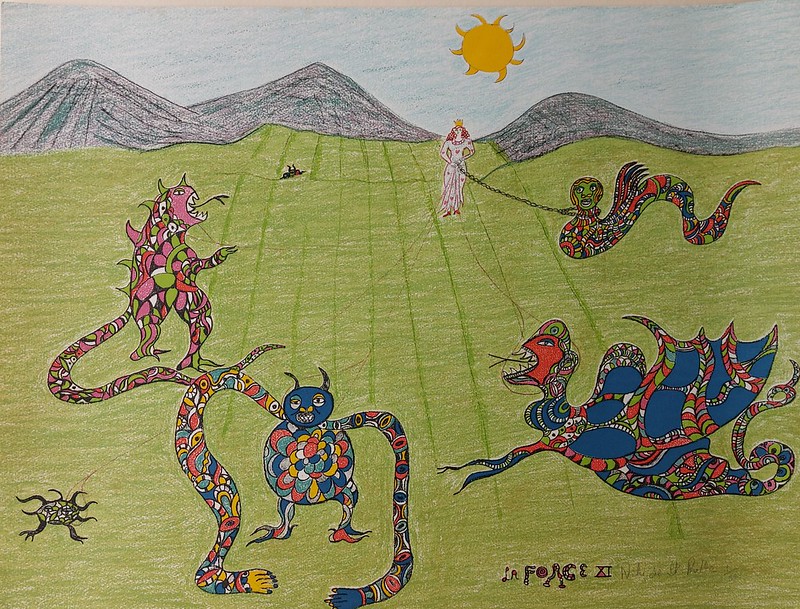
Magic plays a vital role in the world of Glorantha and thus
RuneQuest: Roleplaying in Glorantha. Characters—both Player Characters and NPCs—commonly have access to magic, typically Rune magic and Spirit magic. The manifestation of the former represents the connection between the mortal world and the realm of the gods, between Age of Time and God Time, and bringing of the power the gods into the mundane realm, whilst the manifestation of the latter is the result of communicating with the spirits found in world’s natural energies. Rune magic is the more powerful of the two and characters have only limited access to it, whereas Spirit magic can be more freely cast to limited effect. What that means in terms of gameplay is that every player needs to know what his character’s spells do and every Game Master what her NPCs’ spells do. This is where
The Red Book of Magic comes to the fore.
The Red Book of Magic, however, is much more than just a big list of spells. Published by
Chaosium, Inc., it is in fact two big lists of spells—one for Rune magic and Spirit magic—and then some more. Between the two lists it details some five hundred and more spells, almost four-hundred-and-fifty Rune spells and almost seventy Spirit magic, of which over one-hundred-and-fifty Rune magic spells and over thirty Spirit magic spells that are new to
RuneQuest: Roleplaying in Glorantha. Further, there is an explanation of spell terminology, explanations of how both types of magic are cast and work—and appear, sound, and feel to work when cast, discussion of rituals, and more. The coverage though is wholly upon Rune and Spirit magic rather than either Sorcery. Doubtless, it will receive its own supplement, as may Shamanism—which of course uses Spirit magic, but its greater effects are more than just simple Spirit magic, and of course, a book devoted to Rune magic and Spirit magic, like
The Red Book of Magic, has greater utility in
RuneQuest: Roleplaying in Glorantha.
Within Glorantha itself,
The Red Book of Magic is an important magical text, consisting of fragments of the
Red Revised Book, itself based on the much earlier
Red Book, penned by Zzabur the Sorcerer Supreme. The
Red Revised Book was the first work to separate Rune magic from Spirit magic, and to codify numerous different spells with near-identical effects, for example,
Bladesharp or
Heal, into a common spell with a simple and widely accepted descriptive name. It is supplemented by the Carmanian mystic Hepherones’ Statement of Magic, which serves to add colour before going into detail, but in effect, what this means that
The Red Book of Magic is a resource in game and out, and thus any character–and thus his player or her Game Master—could consult its pages (barring technicalities such as literacy of course). Most of all though, with descriptions of hundreds of spells,
The Red Book of Magic is a simple and accessible resource to have at the table, its size making it a lot easier to reference than the
RuneQuest: Roleplaying in Glorantha rulebook.
In the pages of the
RuneQuest: Roleplaying in Glorantha rulebook there is an emphasis upon the Rune spells known by the cults associated by the Lightbringers, which is understandable given their prominence in Sartar and its surrounds, the default setting for
RuneQuest: Roleplaying in Glorantha. The
Red Revised Book expands greatly upon that list of spells, with lots of new Rune spells associated with the Beast, Chaos, Fire, and Plant Runes. So for example,
Butterflight is a Beast spell grants the caster the wings of the butterfly and the ability to fly, and
Summon Insect Swarm enables the caster to summon swarms of insects of various sizes, depending upon the Rune points stacked into the spell;
Bat Wings is a Moon and Chaos spell which grants bat’s wings to members of the cult of the Crimson Bat and
Devour Book a Chaos spell which enables the caster to rip the knowledge from books, scrolls, and even carvings;
Arrow of Light is a Fire spell which inflicts one six-sided die’s worth of damage direct to the target’s Hit Points ignoring armour if his POW is overcome and
Destroy Clouds clears the immediate sky of clouds; and
Chameleon is a Plant spell which increases the caster’s Hide skill and lets him use it when moving and
Plant Spy turns any plant it is cast on into a remote spy, transmitting sound and touch to caster from its leaves. Similarly, there are numerous spells for the Darkness, Illusion, and Water Runes.
Spirit magic is given a similar treatment, again exploring how it is cast and works—and then appears, sounds, and feels to work when cast, and so on, before detailing its descriptions. Fun new spells given here include
Hotfoot, which causes a burning sensation in the target’s strong enough that they cannot stand upon it,
Sneeze which inflicts a nearly incapacitating sneezing fit on the target, and
Solace, which relieves the mental distress in a target. In comparison with the Rune magic spells, the Spirit magic spells, certainly the new ones, feel less useful, because every Rune spell description includes its associated Runes, and therefore it is actually easier to link them to their casters and their cults, whether that is Plant Rune spells for Aldryami, the Chaos Rune for various vile Chaos worshippers as well as Lunar worshippers, and the Darkness Rune for Trolls.
The other reason why
The Red Book of Magic is a useful resource is that in addition to presenting new spells adds a handful of new rules and other elements. This includes rules for creating new Rune spells, which when combined with the wide range of Rune spells in the supplement, could be used by the Game Master to create her own cults for her game; the addition of monsters like the War Tree (which requires the Plant Rune spells
Animate War Tree and
Create War Tree to create and control) and Manlings (Chaotic humanoids which bud from the caster of the spell,
Spawn Manling); a guide to Rune metals and their properties; how illusions work with the various Illusion Rune spells such as
Illusory Sight and
Illusory Substance; and the collection and use of healing plants. In addition, many of the spells previously presented in other supplements and scenarios for
RuneQuest: Roleplaying in Glorantha have been revisited and revised—not such that they function differently, but rather to provide clarity. For example, the
Heal Wound Rune spell is accorded supplementary information that not only clarifies its function, but explains how it works from cult to cult.
The Red Book of Magic is not without its issues. One is that there is no list of Rune magic spells, when there is a list of Spirit magic spells. In part, this is understandable. The list of Spirit magic spells is less than a page long whereas such a list of Rune magic spells runs to forty pages (the
Rune Spell Reference Tables are available for free download as well as accompanying the PDF for the supplement), and that would increase the book’s page count by a third. Similarly, there is no list of spells by cult for either Rune magic or Spirit. Again, its inclusion would have greatly increased the page count. Yet its inclusion would have been undoubtedly useful, helping Game Master and player link the various spells to the cults and thus to Glorantha as a setting. Plus it would also have made it easier to cross reference with the forthcoming
Gods of Glorantha supplement. Ultimately this is not to say that
The Red Book of Magic is a bad or useless supplement because it lacks either of those lists, far from it. Rather, that their inclusion would have not only enhanced the utility of what is already a very useful supplement, but gone beyond that into making it indispensable.
Physically,
The Red Book of Magic is on par with the standards set by previous releases for
RuneQuest: Roleplaying in Glorantha. It is clearly written and easy to read, which after all, was the point, and it is decently illustrated.
At its most basic,
The Red Book of Magic is a serviceable supplement to have at the gaming table during play, a book to refer to when the
RuneQuest: Roleplaying in Glorantha core rulebook is in use, and away from the gaming table, for reference by the Game Master. It is very much a useful rather than a must-have supplement, that is, at its time of publication. The usefulness of
The Red Book of Magic is going to grow and grow as more supplements are released for
RuneQuest: Roleplaying in Glorantha. Not just the forthcoming
Gods of Glorantha, but future supplements devoted to the Aldryami, to Trolls, and to the Lunar Empire, for example, with
The Red Book of Magic serving as the corollary or magic companion to the new supplement. (And that does not include the many titles available on the
Jonstown Compendium.) Right now,
The Red Book of Magic is undoubtedly useful, but for the future of your Glorantha game, it is an investment.
 Soon after I posted my discussion on Aliens and Horror for use in sci-fi horror and in BlackStar in particular I found a wealth of information. Here are the fruits of those findings.
Soon after I posted my discussion on Aliens and Horror for use in sci-fi horror and in BlackStar in particular I found a wealth of information. Here are the fruits of those findings.




